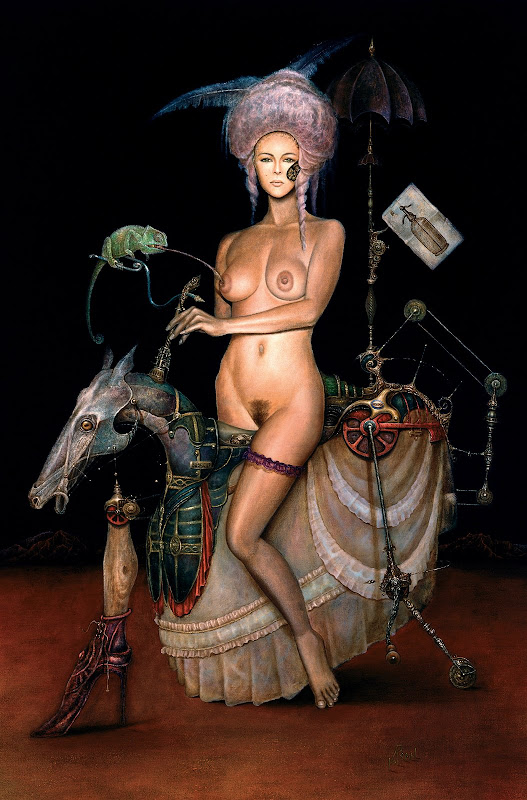








Biography
Elihu Vedder (1836, New York City - 1923) was an American symbolist painter, book illustrator, and poet.
After studying in Europe, Vedder returned to the USA, penniless, during the American Civil War, and made a small living by undertaking commercial illustrations. In the USA he sought out and became friends with Walt Whitman, Herman Melville and William Morris Hunt. Vedder became a member of the American Academy of Arts and Letters in 1865.
At the end of the Civil War he left America to live in Italy. He married an American student in Italy in 1866. He had a home in Rome and - after the financial success of his 1884 Rubaiyat work - on the Isle of Capri, then a haven for gay male aesthetes. Like Oscar Wilde, he was married and fathered children; but is now widely considered to have been a gay artist.
Vedder visited England many times, and was influenced by the Pre-Raphaelites, and was a friend of Simeon Solomon. He was also influenced by the work of English and Irish mystics such as William Blake and William Butler Yeats. In 1890 Vedder helped establish the In Arte Libertas group in Italy.
Tiffany commissioned him to design glassware, mosaics and statuettes for the company. He decorated the hallway of the Reading Room of the Washington Library of Congress, and his mural paintings can still be seen there.
He occasionally returned to the USA, but lived only in Italy from 1906.

































